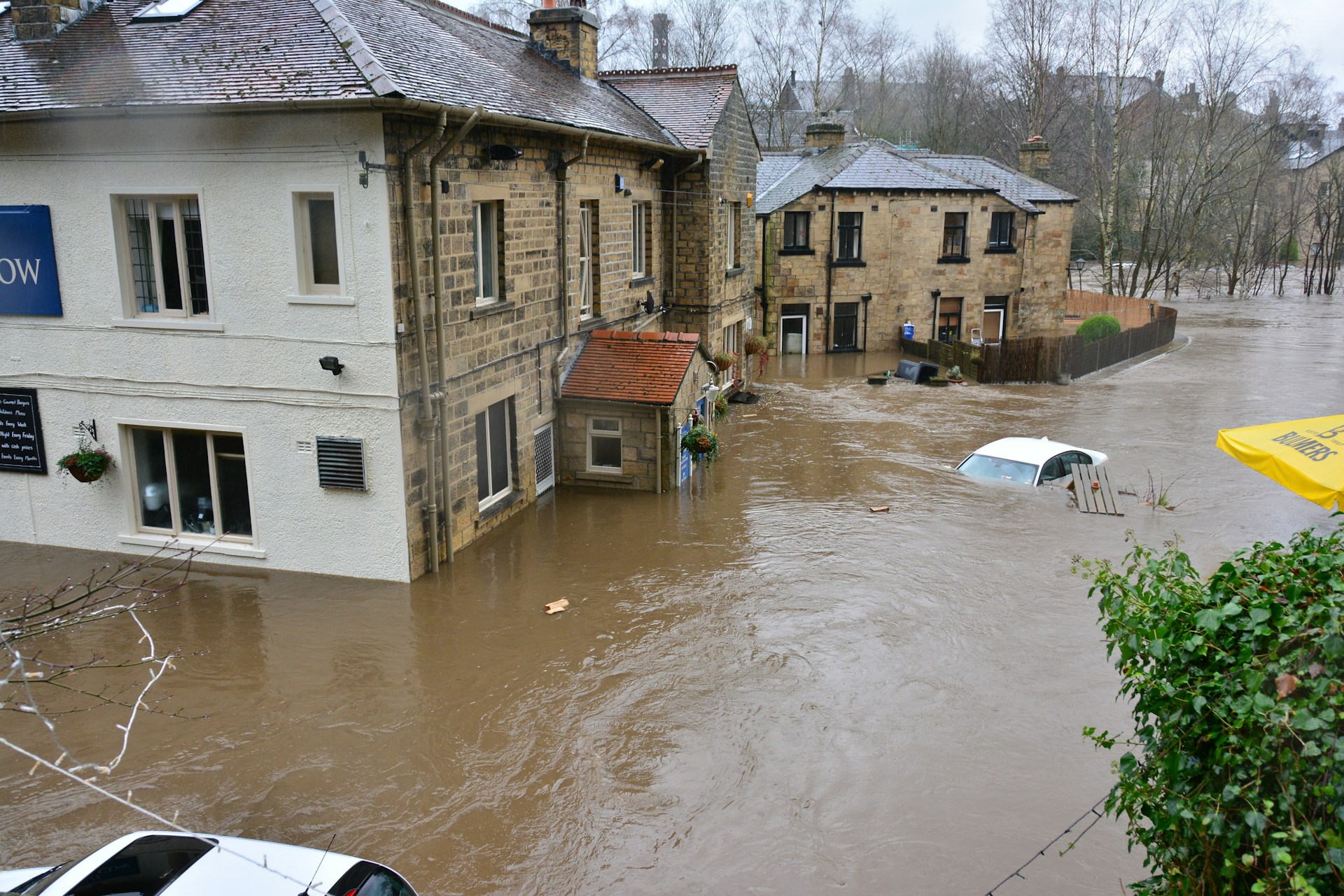Every $1 spent on climate adaptation gives over $10 in return: WRI report
Investing in climate adaptation offers not only environmental protection but also impressive economic returns, according to a new report by the World Resources Institute (WRI), a US-based think tank.
The study reveals that for every $1 invested in climate adaptation, there is a return of more than $10 over 10 years, reads a press release.
The report, published yesterday (3 June), studied 320 projects in 12 countries, with a total investment of $133 billion. These projects — like climate-friendly farming and city flood protection — are expected to produce more than $1.4 trillion in benefits, with an average return of 27%.
“Investing in climate resilience is not a cost — it’s an opportunity,” said Sam Mugume Koojo, co-chair of the Coalition of Finance Ministers for Climate Action. “This report proves that climate adaptation can help drive development, not just protect us from harm.”
According to the study, the highest returns came from health-related projects. These include programs that reduce heat stress and stop the spread of diseases like malaria and dengue. Early warning systems for natural disasters also provided strong returns by saving lives and reducing damage.
WRI used a method called the “Triple Dividend” to measure project benefits. It looks at three things: Avoiding damage from climate events, creating economic growth, like jobs and better crop yields, Improving social and environmental conditions, such as healthcare and biodiversity.
However, only 8% of the projects studied considered all three types of benefits. That means many investments may be even more valuable than they seem.
The report also found that more than half the benefits of adaptation projects come even when no climate disaster happens. For example, irrigation systems are helpful during droughts, but they also help grow food throughout the year. Nature-based solutions like restoring wetlands help protect against storms and also provide places for wildlife and recreation.
“Adaptation investments pay off every day,” said Carter Brandon, senior fellow at WRI. “We don’t need a crisis to prove their value — it’s just smart development.”
Another major finding is that nearly half of the adaptation projects also help reduce greenhouse gas emissions. This means adaptation and climate change prevention can work together, attracting more funding from investors interested in cutting carbon emissions.
This is especially true in sectors like energy, forestry, farming, transportation, and urban planning — especially where trees are planted or hills are made more stable.
WRI is asking governments to include climate adaptation in national development plans. They also recommend using a standard method to measure results. This would make it easier for investors to compare projects and fund more of them.
Dan Ioschpe, the Climate High-Level Champion for COP30, said the report comes at the perfect time. “As we prepare for COP30, this report offers strong economic reasons for both governments and businesses to invest more in adaptation.”
In a world facing stronger climate threats, WRI’s message is simple: adaptation is not just about avoiding losses—it’s a smart way to build a safer, richer, and more sustainable future, the release added.
Writer: The Business Standard

